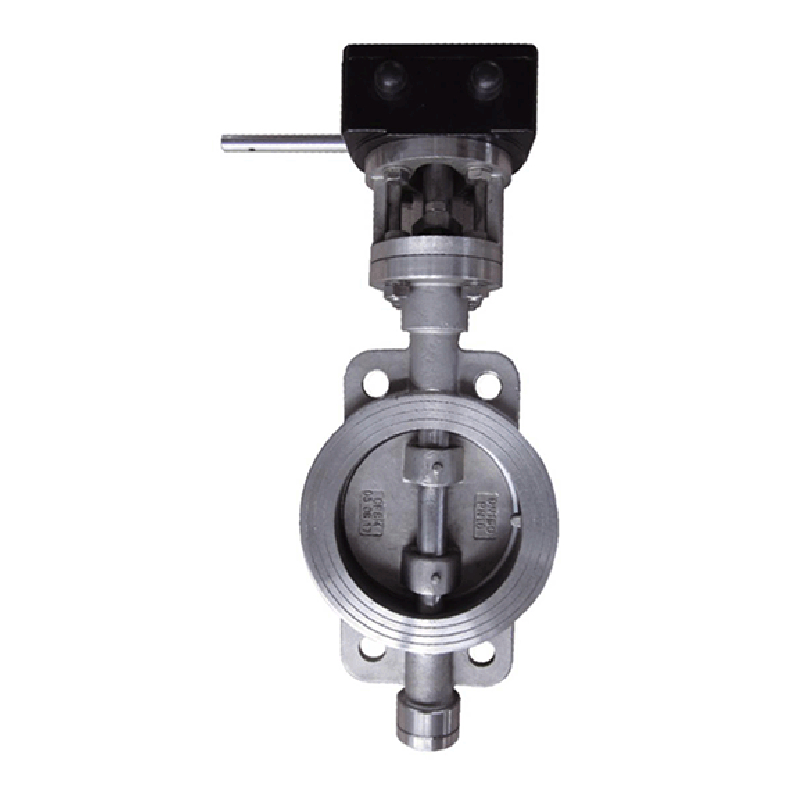lis . 22, 2024 17:15 Back to list
wafer style butterfly valve
The Wafer Style Butterfly Valve An Overview
In the realm of fluid control systems, valves play a crucial role in regulating the flow of liquids and gases. Among various types of valves, the wafer style butterfly valve has gained significant popularity due to its unique design, efficiency, and versatility. This article delves into the construction, functionality, advantages, applications, and maintenance of wafer style butterfly valves.
Construction and Design
Wafer style butterfly valves are distinguished by their simple yet effective design. The key components include a circular disc (blade) that pivots on a shaft within a pipe. The valve body is typically made of durable materials such as cast iron, stainless steel, or PVC, allowing it to withstand various environmental conditions and fluid types. The wafer aspect of the design refers to the valve's thin, flat profile, which enables it to be sandwiched between two flanges in a piping system, requiring minimal space.
This design not only reduces the weight of the valve but also facilitates ease of installation. The valve can be easily installed between two flange connections, minimizing the need for additional gaskets or special mounting brackets. The compact nature of wafer style butterfly valves makes them especially suitable for applications with space constraints.
Functionality
The operation of a wafer style butterfly valve is straightforward. When the handle or actuator is turned, the disc rotates 90 degrees to either open or close the valve. In the fully open position, the disc is parallel to the flow of media, allowing for unrestricted flow. Conversely, in the closed position, the disc blocks the flow, effectively sealing the pipeline.
The design allows for quick opening and closing, which is advantageous in systems requiring rapid flow control. Additionally, wafer style butterfly valves can be operated manually or actuated using pneumatic or electric actuators, adding to their versatility.
Advantages
One of the major advantages of wafer style butterfly valves is their lightweight and compact design, making them easy to transport and install. Furthermore, they often exhibit lower pressure drop compared to other valve types, making them energy efficient in fluid transfer applications.
wafer style butterfly valve

The sleek design of the wafer style butterfly valve also simplifies cleaning and maintenance. With fewer internal components than other valves, there’s less opportunity for debris accumulation, reducing the risk of blockages. Additionally, these valves provide excellent sealing capabilities, which are essential for preventing leaks in high-pressure applications.
Another significant benefit is their cost-effectiveness. Due to their streamlined design and lower manufacturing costs, wafer style butterfly valves are often more affordable than other valve types. This economic advantage makes them an attractive choice for a wide range of industrial applications.
Applications
Wafer style butterfly valves are used in various industries due to their versatility. They are commonly employed in water treatment plants, chemical processing, oil and gas, HVAC systems, and food and beverage applications. The ability to handle different media, including corrosive substances, further expands their usability across various fields.
Particularly in water distribution systems, wafer style butterfly valves are favored for their ability to regulate flow and maintain pressure. In the chemical industry, their resistance to corrosive substances makes them ideal for processing harsh chemicals.
Maintenance
While wafer style butterfly valves are designed for durability and ease of operation, routine maintenance is essential to ensure long-term performance. Regular inspection should focus on the physical condition of the valve, checking for signs of wear, corrosion, or damage. The valve seats and seals should also be examined for signs of leaking or degradation.
Cleaning the valve periodically helps prevent buildup that can impede performance. It’s important to follow the manufacturer’s guidelines for maintenance schedules and procedures to extend the lifespan of the valve.
Conclusion
In summary, wafer style butterfly valves represent an efficient, compact, and economical solution for fluid control. With their simple operation and versatile applications across various industries, they have become a fixture in modern piping systems. Proper installation and maintenance will ensure these valves perform optimally, contributing to the overall efficiency of the systems in which they are integrated. As industries strive for enhanced performance and reduced operational costs, wafer style butterfly valves will undoubtedly continue to play a pivotal role in fluid management solutions.
Share
-
Reliable Wafer Type Butterfly Valves for Every IndustryNewsJul.25,2025
-
Reliable Flow Control Begins with the Right Ball Check ValveNewsJul.25,2025
-
Precision Flow Control Starts with Quality ValvesNewsJul.25,2025
-
Industrial Flow Control ReliabilityNewsJul.25,2025
-
Engineered for Efficiency Gate Valves That Power Industrial PerformanceNewsJul.25,2025
-
Empowering Infrastructure Through Quality ManufacturingNewsJul.25,2025